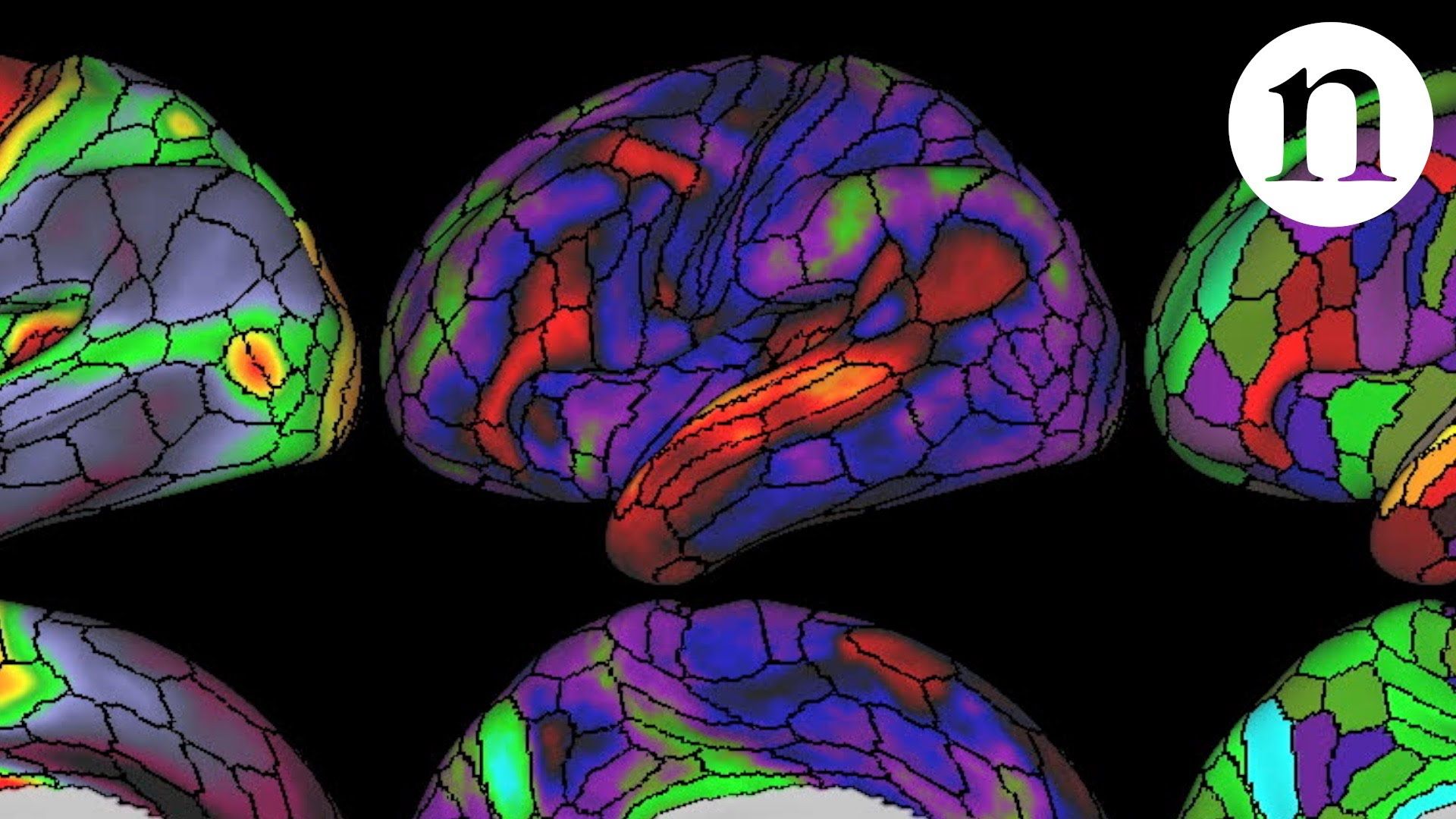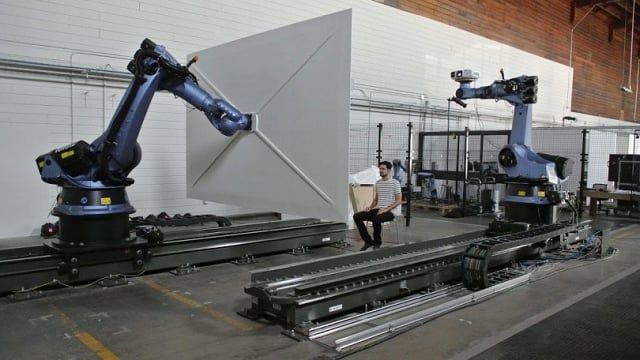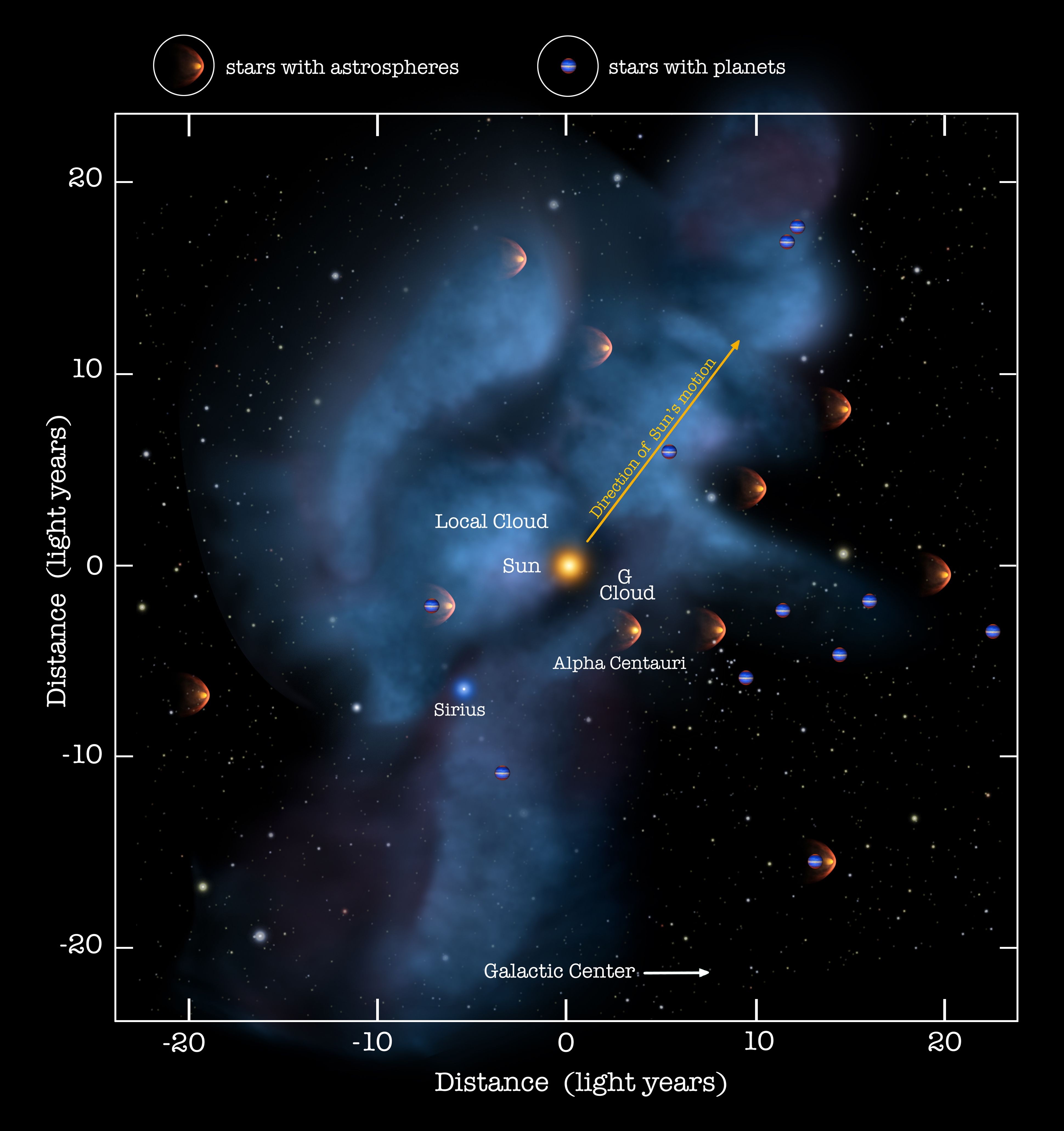Page 10706
Jul 31, 2016
New material could advance superconductivity
Posted by Karen Hurst in categories: nanotechnology, particle physics
Abstract: Scientists have looked for different ways to force hydrogen into a metallic state for decades. A metallic state of hydrogen is a holy grail for materials science because it could be used for superconductors, materials that have no resistance to the flow of electrons, which increases electricity transfer efficiency many times over. For the first time researchers, led by Carnegie’s Viktor Struzhkin, have experimentally produced a new class of materials blending hydrogen with sodium that could alter the superconductivity landscape and could be used for hydrogen-fuel cell storage. The research is published in Nature Communications.
It had been predicted that certain hydrogen-rich compounds consisting of multiple atoms of hydrogen with so-called alkali metals like lithium, potassium or sodium, could provide a new chemical means to alter the compound’s electronic structure. This, in turn, may lead the way to metallic high-temperature superconductors.
“The challenge is temperature,” explained Struzhkin. “The only superconductors that have been produced can only exist at impractically cold temperatures. In recent years, there have been predictions of compounds with several atoms of hydrogen coupled with alkali metals that could exist at more practical temperatures. They are theorized to have unique properties useful to superconductivity.”
Jul 31, 2016
Scientists Complete the Most Detailed Map of the Brain Ever
Posted by Karen Hurst in categories: biotech/medical, neuroscience

To me, maps always conjure up a sense of exploration.
Back in the Age of Discovery, rudimentary maps allowed European explorers to sail into the vast unknown. They began charting new worlds, and in turn, made newer maps that helped future generations better understand the lands and seas that cover our world.
Continue reading “Scientists Complete the Most Detailed Map of the Brain Ever” »
Jul 31, 2016
Lab 2.0: Will Computers Replace Experimental Science?
Posted by Karen Hurst in categories: chemistry, computing, mobile phones, physics, science, solar power, sustainability

We spend our lives surrounded by hi-tech materials and chemicals that make our batteries, solar cells and mobile phones work. But developing new technologies requires time-consuming, expensive and even dangerous experiments.
Luckily we now have a secret weapon that allows us to save time, money and risk by avoiding some of these experiments: computers.
Continue reading “Lab 2.0: Will Computers Replace Experimental Science?” »
Jul 31, 2016
How Quantum Mechanics Is Changing Everything We Know About Our Lives
Posted by Karen Hurst in categories: neuroscience, quantum physics, time travel
Quantum physics is the new physics that is pointing to something far greater than the materialistic world that we once believed to be the basis of our existence. Not only is it disproving our original perception of space and time, but it is opening the doors to the possibility of time travel, telepathy, and consciousness creating our reality.
Jul 31, 2016
How much sway do our genes really hold over our IQ?
Posted by Karen Hurst in categories: health, neuroscience
Interesting read to an old question.
New research explores what influences our intelligence and how we can give ourselves an upgrade.
By Sally Blundell In Health
Continue reading “How much sway do our genes really hold over our IQ?” »
Jul 31, 2016
Artificial Intelligence May Soon Drive Your Car — And Keep You Company at the Same Time
Posted by Aleksandar Vukovic in categories: robotics/AI, sustainability, transportation
Honda said in a press release that the AI will use conversations with the driver and other data it gathers ‘both to perceive the emotions of the driver and to engage in dialogue with the driver based on the vehicle’s own emotions.’ The just-announced partnership works toward application of the ‘emotion engine,’ which is ‘a set of AI technologies developed by cocoro SB Corp., which enable machines to artificially generate their own emotions.’
Image source: Getty Images.
Continue Reading Below.
Jul 31, 2016
Building Blade Runner: How UCLA’s IDEAS Lab Envisions the Future
Posted by Andreas Matt in category: futurism

We visited the UCLA Architecture and Urban Design (A.UD) department to meet the architects of tomorrow.
Jul 31, 2016
Here’s One Way We Might Be Able To Hack Interstellar Travel
Posted by Andreas Matt in category: space travel
A new study—the result of a competition to design a century-long interstellar mission—has a possible solution to that problem.
Somewhere, in the deepest reaches of the cosmos, far from the safe confines of our home galaxy, the Milky Way, lies a monster. Slowly, inevitably, it is pulling. Over the course of billions of years, it draws us and everything near us closer to it. The only force that acts over such immense distance scales and through cosmic periods of time is gravity, so whatever it is, it’s massive and unrelenting.
We call it the Great Attractor, and until recently, its true nature has been a complete mystery. Note that it’s still a mystery, just not a complete one.
The Great Attractor was first discovered in the 1970s when astronomers made detailed maps of the Cosmic Microwave Background (the light left over from the early universe), and noticed that it was slightly (and “slightly” here means less than one one-hundredth of a degree Fahrenheit) warmer on one side of the Milky Way than the other — implying that the galaxy was moving through space at the brisk clip of about 370 miles per second (600 km/s).
Even though astronomers could measure the rapid velocity, they couldn’t explain its origin.













